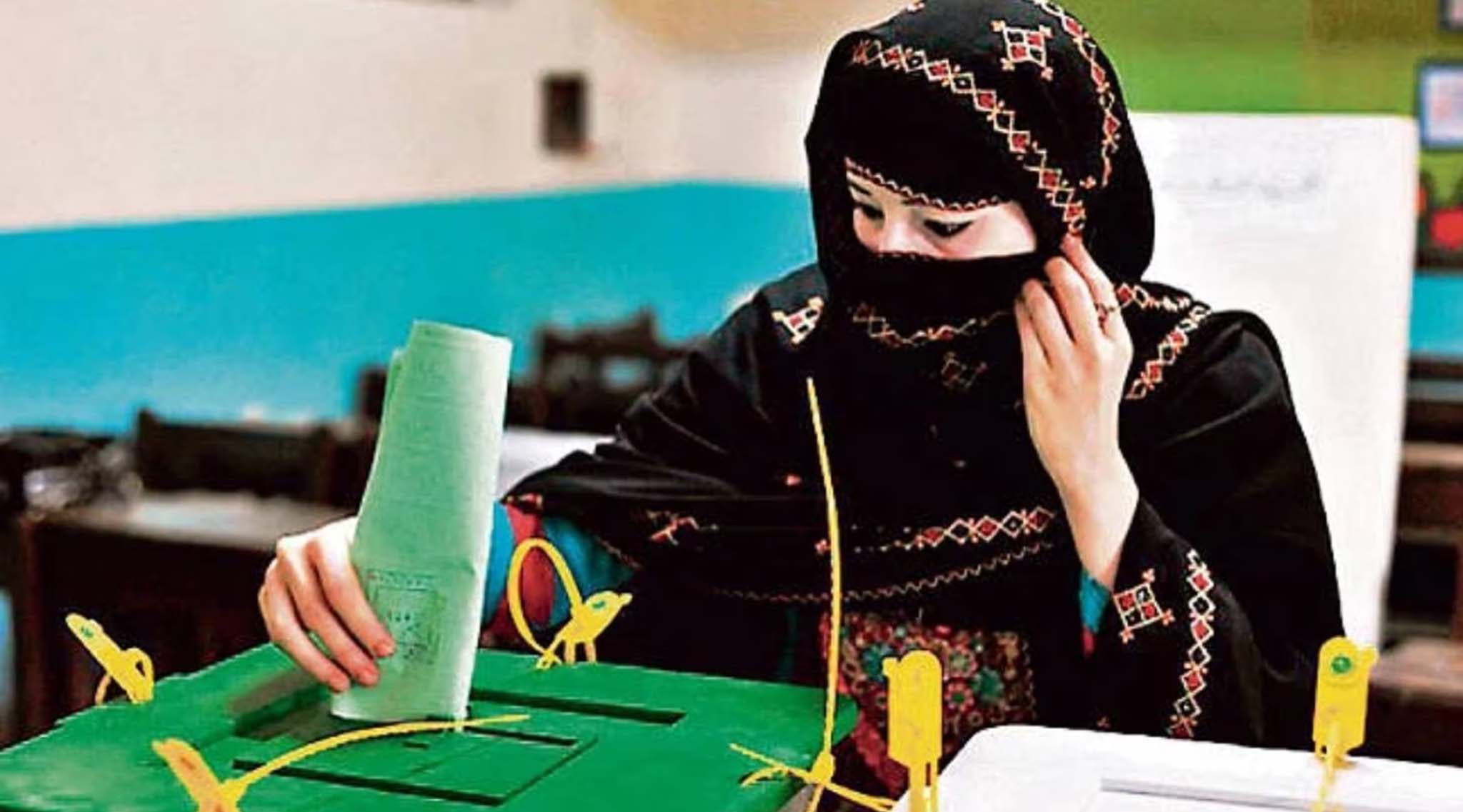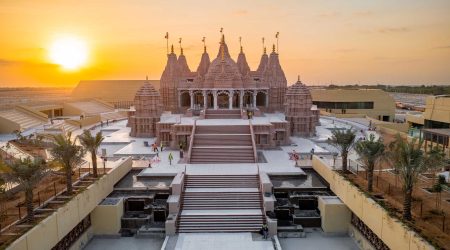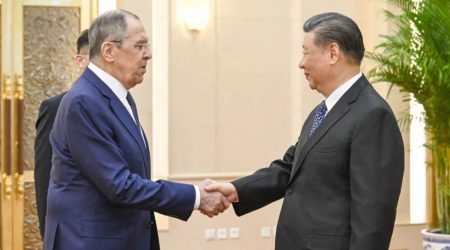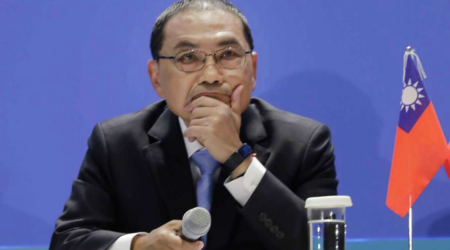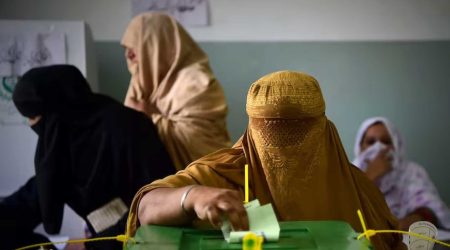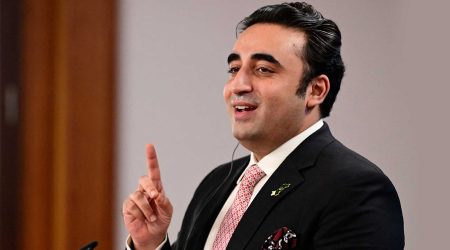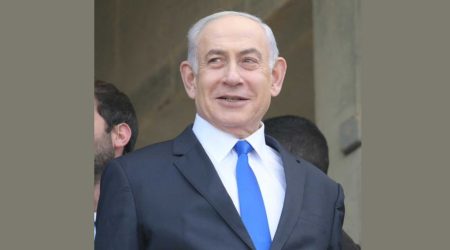Pakistan went to polls in a widely watched national election, leading to the formation of a new government to lead the crisis-ridden South Asian nation for the next five years. The country is a parliamentary democracy and voting takes place for seats in the federal legislature, called the National Assembly, and four provincial, or state, legislatures.
In all, 128 million people registered to vote in the elections to pick 266 representatives on February 8, forming the 16th parliament in a first-past-the-post system. With the National Assembly consisting of 336 seats, 266 candidates will be elected through direct voting, while 70 seats are reserved. Among these reserved seats, 60 are designated for women and 10 for non-Muslims, allocated based on each party’s representation in the Assembly.
Three major parties dominate Pakistani politics – Pakistan Muslim League-Nawaz (PML-N), Pakistan Tehreek-e-Insaf (PTI), and Pakistan People’s Party (PPP). A total of forty-four political parties are contesting the elections.
According to ARY News, the Election Commission of Pakistan (ECP) has closed the canvassing period for the general elections, with the Pakistan Peoples Party (PPP) leading the pack with the most extensive public rallies nationwide.
After 54 days of intense campaigning, the PPP has emerged prominently in leading campaign efforts across various regions, including Punjab, Sindh, Khyber Pakhtunkhwa, and Balochistan. Victorious candidates become members of the National Assembly. Independent candidates have the option to join any party after the elections. Once constituted, the National Assembly holds a parliamentary vote to select a leader of the house, who becomes the prime minister. A successful candidate must show a simple majority in the house — that is, the support of at least 169 members.
Among key candidates, former Pakistani Prime Minister Nawaz Sharif is a leading contender to helm the country, having resolved a longstanding dispute with Pakistan’s influential military, as analysts suggest.
Maryam Nawaz, the daughter of Nawaz Sharif, wields significant influence within the PML-N party and has been positioned by her father as his political successor
Shehbaz Sharif, Nawaz Sharif’s younger brother, led a coalition government for 16 months after Imran Khan’s removal in 2022 until parliament’s dissolution in August, paving the way for national elections.
Bilawal Bhutto, the chairman of the Pakistan Peoples Party (PPP), made history in 2022 as Pakistan’s youngest foreign minister in the coalition government-led Pakistan Muslim League-Nawaz.
Former Pakistani Prime Minister Imran Khan, the primary opposition leader, is ineligible to participate in this year’s general election due to a series of prison sentences.


